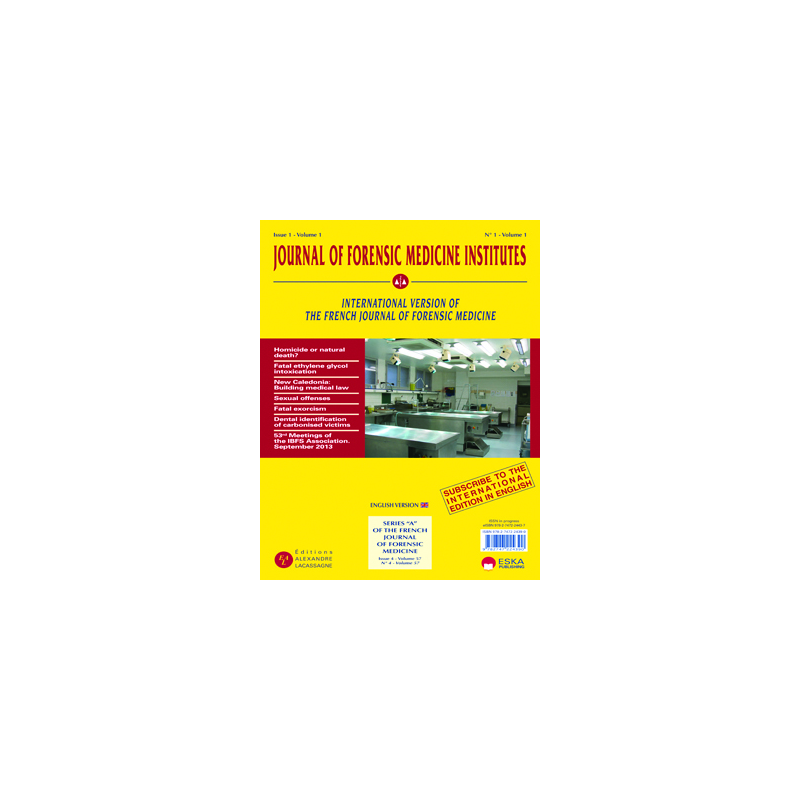



 Security policy
Security policy
(edit with the Customer Reassurance module)
 Delivery policy
Delivery policy
(edit with the Customer Reassurance module)
RÉSUMÉ Lévolution des techniques médicales a permis une meilleure approche des zones lésées et de mieux cerner les incapacités fonctionnelles des personnes blessées. Parallèlement, le droit sest attaché à une meilleure définition des préjudices quil tend à identifier toujours plus finement. Il distingue désormais préjudices patrimoniaux et extrapatrimoniaux, permanents et temporaires entre les victimes directes et indirectes, en référence à la nomenclature dite Dintilhac. Cette grille non législative et indicative a été adoptée par la plupart des Tribunaux et tend depuis sa création en 2005 à être complétée par lémergence de nouveaux postes de préjudices tels que le préjudice « dimpréparation », le préjudice dinquiétude et dangoisse ou encore les troubles dans les conditions dexistence après consolidation. Mots-clés : Préjudice corporel, Nomenclature Dintilhac, Préjudice dimpréparation, Préjudice dangoisse, Accidents collectifs.